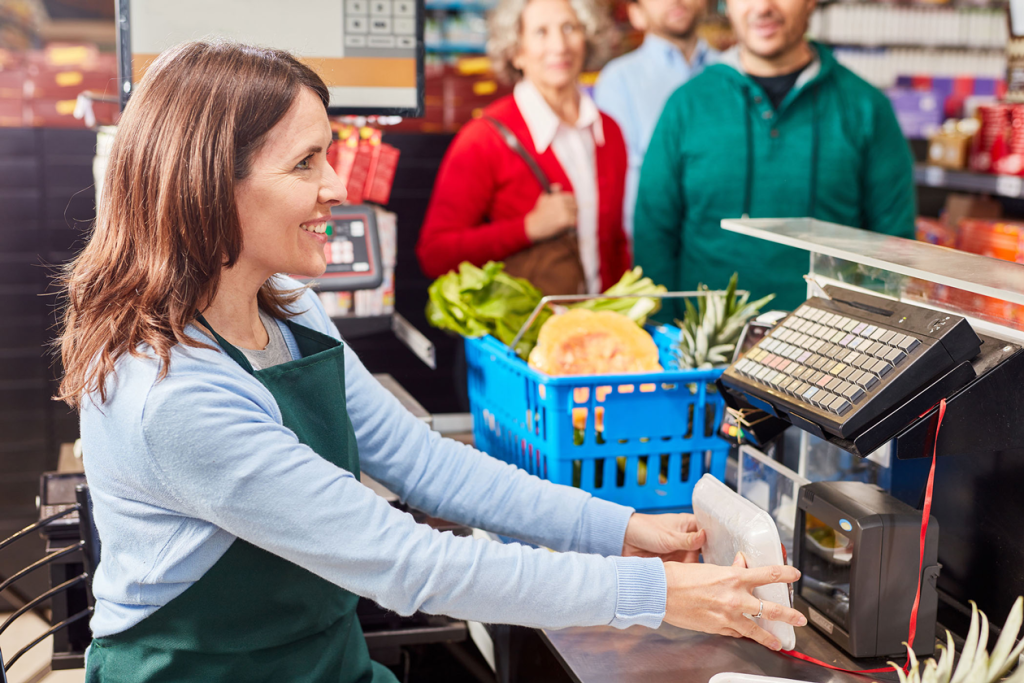Nearly everybody has paused – probable fretfully – in a supermarket checkout line. The exacerbation matches one more current bothering – being stranded in rush hour gridlock. Furthermore, very much like comprehension traffic could facilitate the disturbance see the reference box for two earlier articles on gridlock, understanding the elements of clerk lines at supermarket could likewise give some psychological help. As we stand by in line, we frequently cannot help thinking about why the store does not add more clerks. The store should be attempting to set aside cash, to our detriment and on our time. Notwithstanding, our response does not stir things up around town. More clerks would not on a very basic level tackle the holding up issue, nor does having less clerks essentially set aside the store cash. For what reason could the evidently clear approach of adding clerks not work? It probably would not work in light of the fact that the key issue comes from the TIMING of the clerks.

We should do a basic displaying to grasp this. From that point onward, we will add refinement, and model more intricate circumstances. Envision a supermarket right off the bat a Saturday. As the store opens, a little unit of go-getters enters. In this moderately basic circumstance, what holds up could these customers encounter? How about we put a numbers to the situation, to empower estimations we believe that the situation straightforward enough should get a buggy on it naturally yet at the same time delegate to the point of imitating reality we should utilize these presumptions. As the store opens, the customers flood in and following a couple of moments the first of the 30 customer arrivers at the clerks. Starting there, we will expect a customer shows up at the checkout lines like clockwork.
Will these customers need to stand by? How long? What number of them? We should step through occasions to find out. At the point when the primary customer shows up at the checkout line, that customer will do without holding up to one of the three clerks for example every one of the three are accessible. The subsequent customer showing up at the checkout line will see one clerk occupied with the main client, yet will see two clerks with no line and do without holding up to one of them. Essentially, the third showing up customer will see two clerks occupied, yet the third clerk with no line and go there.
Recent Comments